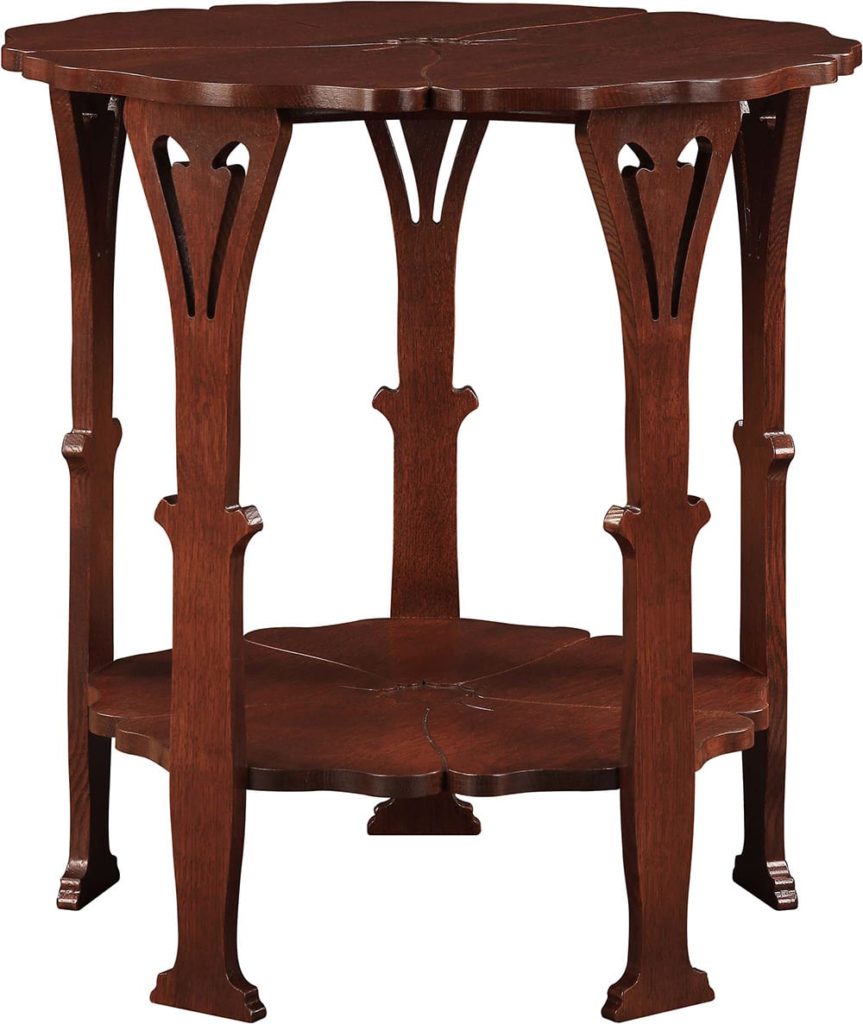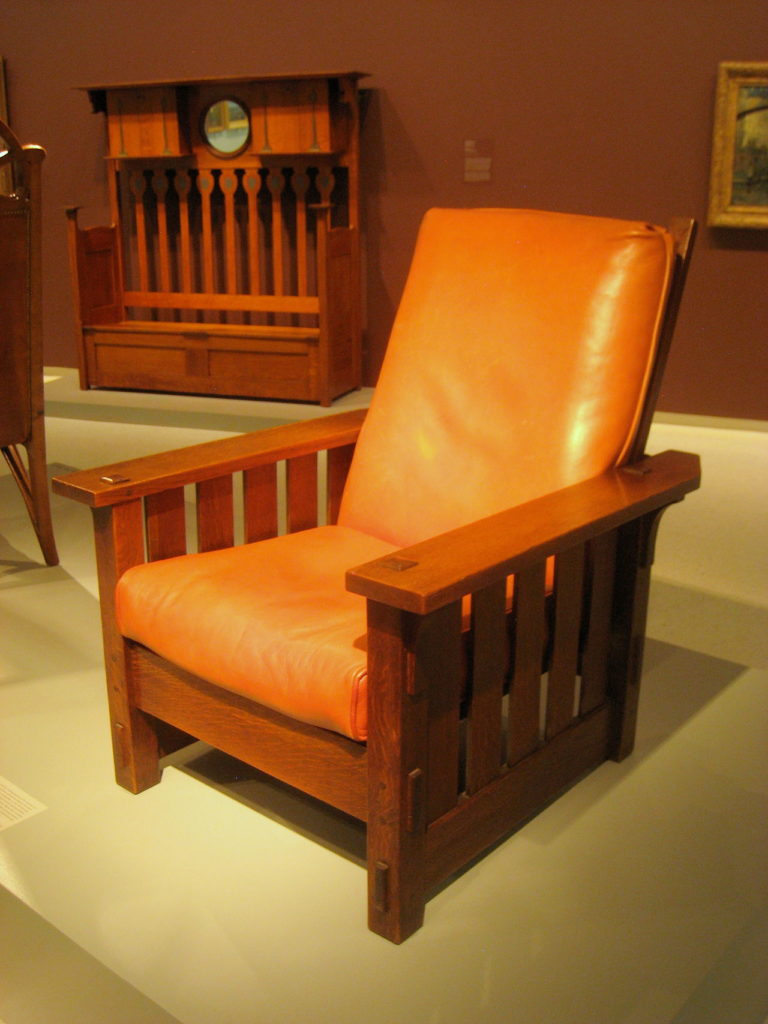Erik Visits an American Grave, Part 1,056
This is the grave of Gustav Stickley.

Born in 1858 in Osceola, Wisconsin, Stickley grew up in a huge German immigrant family, one of 11 children. They were poor. His father was a stonemason and a farmer and the family was dirt poor. So Stickley went to work early. Then he worked for his uncle’s chair factory in Pennsylvania. His brothers and he started a new furniture company in 1883. It didn’t really do a whole lot and faded away. He started a new factory in Binghamton, New York. Of course he found the preferred labor force–prisoners. He got a contract with the Auburn State Prison to produce his furniture and then was the foreman in the prison. So that’s great.
Well, despite his terrible labor choices, Stickley soon became an innovator in furniture, one of the key people in the Arts & Crafts Movement. He really moved into this in 1900 with his new line called New Furniture. He renamed his company United Crafts. Part of what he was doing here was finding a way to produce high quality, artistically inspired furniture not for the elite but for the middle class. He soon saw himself as a leader of a movement and he started a magazine called The Craftsman in 1901 to promote his work and those like him. It also had a political agenda of a sort of utopian libertarian small-s socialism of the kind that was pretty common among native-born Americans of that time.
I have to say that I tend to like this Arts & Crafts stuff. It’s simple, basic, and very American design has a lot of appeal to me. And it appealed to other leading artistic people of the time. Stickley soon hired Jerome Cooper, the famed sculptor, to lead his metal work department. The architect E.G.W. Dietrich also got involved with all this and submitted a design for his Craftsman House in Stickley’s magazine. This led to the kind of magazine design builds where people could order architectural plans based on a number of choices depending on their preferred styles. He also started moving to less expensive and less heavy woods to open up the possibilities for his consumers. At first, he was all about making furniture in oak, but he soon embraced willow as well. In 1903, The Craftsman began to supply architectural plans for builders. These aren’t revolutionary houses or anything. Stickley was not really a revolutionary in design. What they did was bring simplicity and repetition to house building that, as anyone who lives in an east coast city knows, helped replace the period of Victorian ornate ridiculousness and the expense (based on cheap and dangerous labor) it created.
The Arts & Crafts movement had its limitations. Stickley thought he had developed a long-lasting style. But liked everything else, it had its moment and then faded in favor of new fashions. This happened during the mid-1910s. He filed for bankruptcy for 1915 and had to shut down his beloved magazine the next year. Then he had to sell his big piece of land outside New York City where he had created a sort of model farm based on his principles. He lived until 1942, having moved back to Syracuse, but never revived his popularity.
It’s really in recent years that the Arts & Crafts movement has seen a revitalized prosperity and these early furniture designs and houses are quite valuable today.
Let’s take a look at some of Stickley’s work:




Gustav Stickley is buried in Oakwood Cemetery, Syracuse, New York.
If you would like this series to visit other furniture designers, you can donate to cover the required expenses here. Charles and Ray Eames are in St. Louis and Paul Laszlo is in Los Angeles. Previous posts in this series are archived here.


